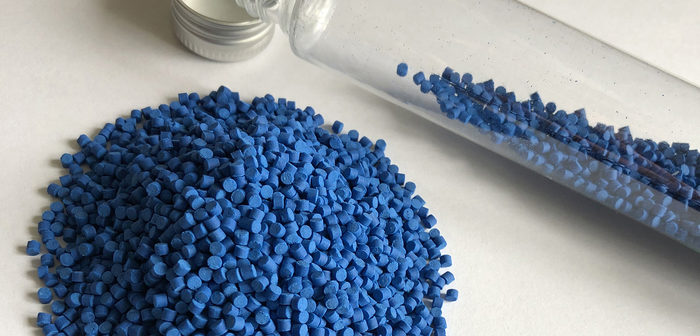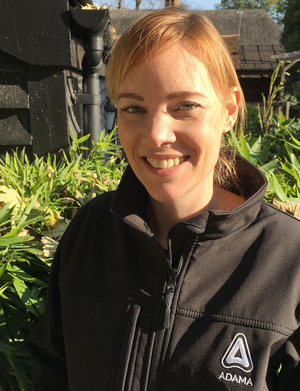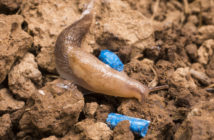As part of its ongoing commitment to promoting the responsible use of crop protection chemicals ADAMA is asking growers to think carefully about how and when they apply slug pellets this autumn and to ensure all spreading equipment is properly maintained and calibrated before pellets are applied.
Calibrate, calibrate, calibrate
“To enable accurate pellet application, all spreading equipment should be calibrated in accordance with the machinery manufacturer’s recommendations to ensure it is producing an even and accurate spreading pattern,” explains Mel Wardle, molluscicide product manager for Adama UK.
“In addition to regular calibration checks – prior to the start of the spreading season and, ideally, prior to each subsequent application – all pellet spreading equipment should also be tested to the required standard to ensure it can spread the chosen slug pellet over the declared working width in an even and uniform pattern.”
In order to comply with the National Sprayer Testing Scheme’s (NSTS) Sustainable Use Directive, all pesticide application equipment over five years old should be tested every six years. If equipment is less than five years old it needs to be tested by its fifth anniversary, and then every six years thereafter.
As well as ensuring spreading equipment is correctly calibrated and tested, Ms Wardle also recommends that care should be taken to ensure it is positioned at an appropriate height: “For most quad mounted applicators the recommended height is usually 110cm,” she explains. “Forward operating speed and discharge aperture settings should also be considered to ensure pellets are applied at the correct rate, with the best practice considered to be a forward speed of 12km/h.”
Apply at population threshold
Ms Wardle continues to explain that there are two golden rules to determine when pellets should be applied: “Only after slug populations have reached threshold, and only when weather conditions are appropriate, should pellet application commence. In terms of the latter, it is strongly advised not to apply slug pellets immediately prior to heavy rainfall as this can lead to the rapid degradation of slug pellets – especially if they are of a poorer quality – thereby increasing the risk of active ingredients being leached into water courses.”
In order to limit leaching losses, Ms Wardle recommends the use of a slug bait which is durable and long-lasting, even in excessively damp conditions: “Gusto IRON, Adama’s new 2.94% ferric phosphate molluscicide, is manufactured using Desidro Technology, a two-stage drying procedure which microwaves the wet-processed pellets to dry them from the inside before using a convection heater to gently dry the exterior. This process ensures an ideal balance between persistence and palatability, with Gusto IRON pellets proving hard enough to ensure good weather resistance, but also remaining palatable to slugs even when first applied.
“The two-stage drying process also improves robustness,” Ms Wardle concludes, “thereby allowing for a more accurate spreading pattern and consistent baiting point density.”





